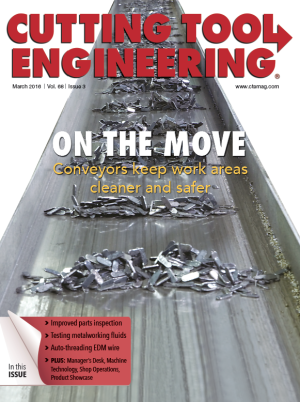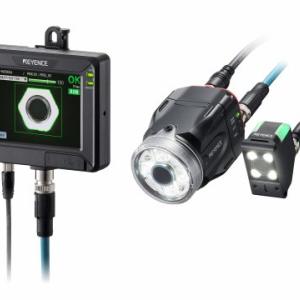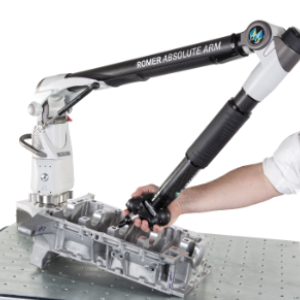Quality Control
Now hear this
Acoustic emission (AE) sensors detect ultrasonic sound waves emitted when the grinding wheel contacts a part or the dressing wheel and send that information to a process control unit. Monitoring the sound waves and comparing them with reference values allows operators to control the grinding and dressing processes. Variations in acoustic emissions indicate changes in cutting forces, which can then be modified. Some AE sensors are stationary while others rotate with the wheels. Electronic filters reduce or eliminate acoustic emissions from other nearby devices, such as bearings.
3D optical metrology
Focus Variation, the technique behind Alicona's Infinite Focus 3D optical metrology system, has enabled EDM Department, Bartlett, Ill., to measure and see what it is making down to 1.7µm tolerances. Watch this brief report to see the system in action and learn about how EDM Department implemented the system.
Advancements in Vibration Analysis Using iPad Technology
Thomas Hoenig, president of GTI Spindle Technology Inc., Manchester, N.H., discusses how Apple's new iPad technology is changing the face of vibration analysis in manufacturing. Presented as part of Cutting Tool Engineering's Fast Track Seminar series hosted at our booth during IMTS 2010, Hoenig's seminar includes a brief demonstration of the iPad at work.
Medical exam
Inspection is a crucial process in the making of safety-critical medical components. One shop offers a glimpse into its process.
Inspection insight
Jesse Garant & Associates Metrology Center provided a brief animated view of various computed-tomography scanning analysis systems.





